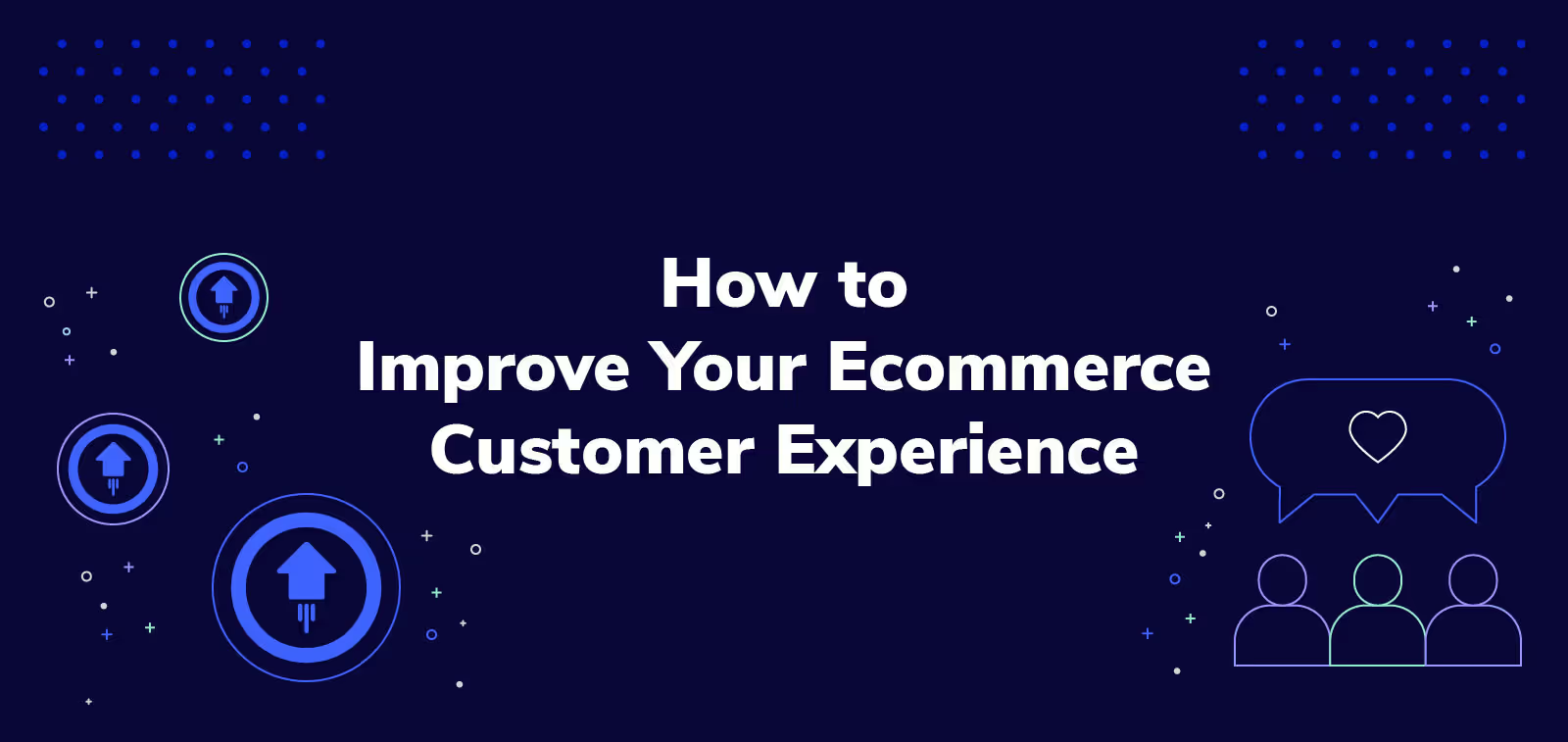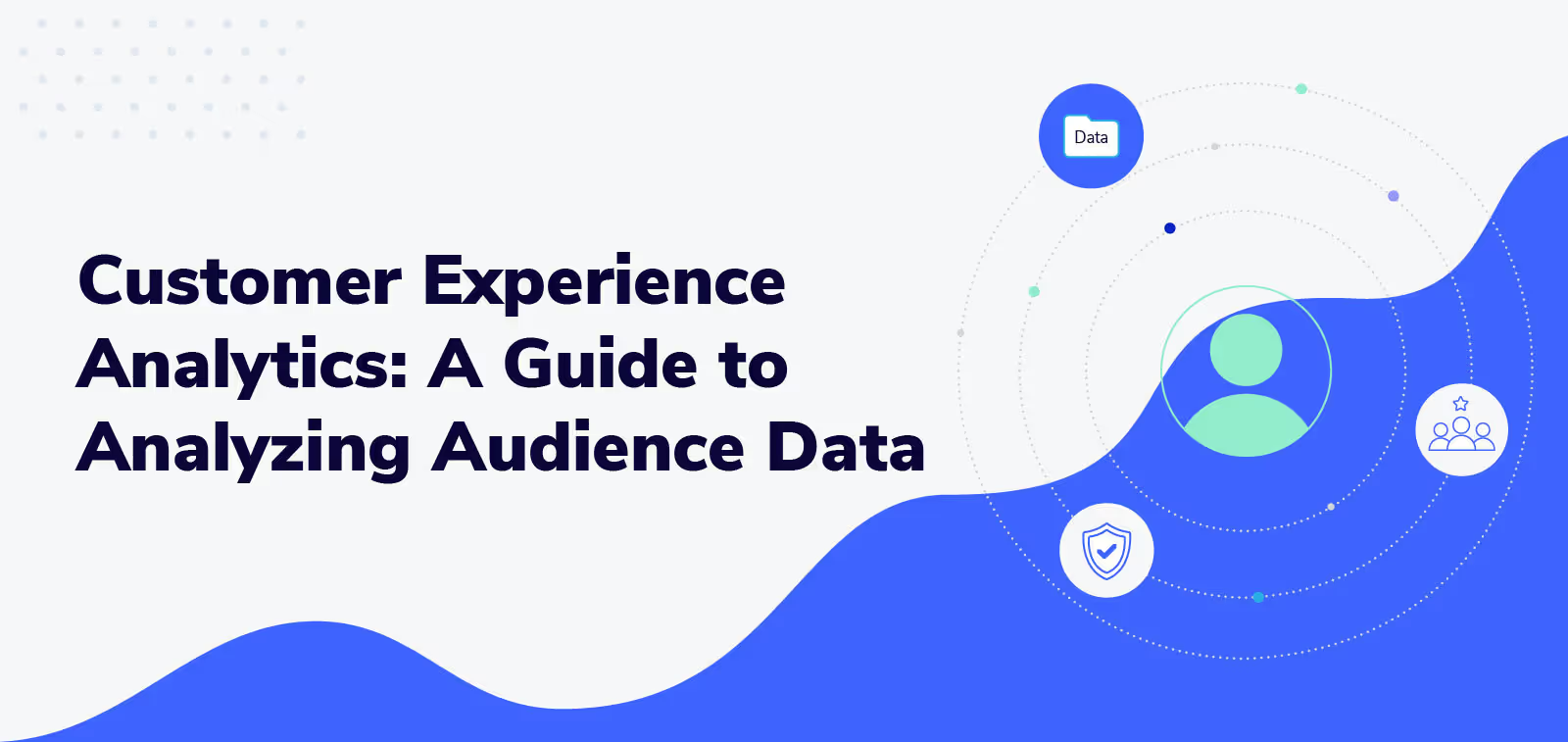Post-Purchase Dissonance: What It Is and How to Reduce It in Ecommerce

If you’ve ever experienced buyer’s remorse or purchase regret, you’re familiar with post-purchase dissonance.
Say you buy a new waterproof speaker online. The ecommerce business sends a confirmation email instantly with a link to the tracking information. The purchasing process couldn’t have been easier.
After two days, you notice the speaker isn’t even in transit. You email and call support, and 48 hours later, you receive a terse email saying you’ll need to contact the logistics provider for help. You get the sinking feeling you should’ve purchased from another brand.
This clash of experiences leads to an unpleasant psychological state known as post-purchase dissonance — and it makes customer retention difficult. In PwC’s 2022 Customer Loyalty Survey, 32% of consumers said they’d switch brands because of “inconsistent experiences.”
Unless you make reducing post-purchase dissonance a priority, you’ll see more product returns, lower customer satisfaction, and negative reviews.
What is post-purchase dissonance in ecommerce?
Post-purchase dissonance refers to a customer's feelings of regret after making a purchase.
The emotional discomfort this situation creates is a type of “cognitive dissonance,” a term that refers to the psychological conflict resulting from the clash of two ideas or beliefs. A customer believes that an excellent post-purchase experience should follow an excellent pre-purchase one. When it doesn’t happen, a customer feels regret.
And it’s more common than you might expect. A 2022 Slickdeals report found that 74% of US online shoppers have experienced buyer's remorse.
What are the causes of post-purchase dissonance?
Combat ecommerce post-purchase dissonance by understanding its most common causes. Many situations can create dissonance in your customers’ minds after they make a purchase, including:
- A return process or product warranty claim involves several time-consuming tasks.
- A customer has to wait longer than they expected to connect to a support agent.
- A customer considers your product poor quality or finds a better deal on the same or a similar product.
These situations only scratch the surface of what can cause dissonance. As your understanding of post-purchase behavior grows, you’ll identify more situations that can drive away new customers.
5 ways to reduce post-purchase dissonance
You won’t be able to anticipate every post-purchase customer need. But by following these tips, you’ll be ready to fulfill most of these expectations and reduce post-purchase dissonance.
1. Create a post-purchase onboarding campaign
Customers often experience post-purchase dissonance because they have questions about their new products. A post-purchase onboarding experience should include information that answers these questions and prompts them to engage further with your brand and hopefully buy again.
Post-purchase transactional emails or SMS notifications are ideal channels for onboarding. Besides tracking information, these messages can contain a link to your return policy, information on how to contact customer support, and even a discount on the customer’s next order.
Online underwear brand MeUndies kicks off their customer onboarding in their order confirmation email.

The message includes links to their helpdesk and Instagram account to encourage engagement. But it also gives customers a chance to save money on future purchases by referring a friend.
If you set up your onboarding campaign with Klaviyo or Attentive, you can plan an entire sequence where customers receive onboarding messages over time. With the tools’ rich analytics, you can zero in on the content customers care about the most.
2. Add an “extra” to the customer’s first order
Putting a surprise gift or sample in a shipment doesn't prevent post-purchase dissonance. But it builds enough customer goodwill to reduce the sting of any hiccups (if they occur at all).
According to Dotcom Distribution’s 2021 eCommerce Consumer Study, 34% of consumers said the prospect of “free samples” made them want to shop with an online store. Another 5% liked getting “personal notes” in packages.
You could advertise the “freebie” beforehand like Jewlr does below. If not, make sure the unboxing experience you create draws attention to the free item.

Pick a gift that works alongside the customer's main purchase but doesn’t drastically shrink profit margins or increase shipping costs. Perhaps a polishing cloth for a piece of jewelry or a Spotify playlist link with a portable speaker.
3. Use AI chatbots to make customer support “smarter”
Customer support is often the locus of a huge disconnect between the pre- and post-purchase experience.
A long time on hold or an agent who lacks empathy can undo the brand-building impact of a quick, convenient checkout experience. AI chatbots can help ease the burden on your agents and reduce dissonance.
According to Zendesk’s 2022 CX Trends report, “69% of customers say they’re willing to interact with a bot on simple issues — a 23% increase from the previous year’s report.”
AI chatbots can recognize terms that relate to simple issues, like “track order.” Online helpdesks like Gorgias integrate with top ecommerce shipping platforms, so chatbots can auto-generate an order’s tracking information.
Ecommerce store Campus Protein saves customers even more time by making “Track an Order” a clickable option in the bot.

Live agents can focus on more serious, dissonance-causing issues. Say a customer starts a chatbot session with terms like “damage” or “lost.” Gorgias lets you create rules around such terms so a live agent can respond.
4. Send a customer satisfaction survey after the shipment arrives
Use surveys to uncover sources of post-purchase dissonance you didn’t know existed, and remedy the problem before new customers churn.
Customer satisfaction surveys don’t need to be long to be valuable. In fact, SurveyMonkey found that “abandon rates increase for surveys that took more than 7–8 minutes to complete; with completion rates dropping anywhere from 5% to 20%.”
Make the survey questions easy to answer, as well. Consider questions requiring a yes/no response or an answer on a scale of one to five or one to 10.
Say you see an uptick in customers returning their waterproof speakers, which arrive undamaged. You guess that you might need to improve the speaker’s product page information. Integrate your ecommerce platform with the Delighted app to email the following one-question post-purchase survey:
“On a scale of 1 to 5 (1 = not accurate at all; 5 = very accurate), how well does the product description for [speaker name] match the product?”

Delighted automatically calculates the results. And if the app also integrates with your helpdesk software, route low satisfaction scores to support agents for personalized attention. Delighted offers a free plan to give you time to understand the app’s functionality.
5. Make it easy to file protection plan claims
Customers buy shipping or product protection plans because they don’t want to experience dissonance from accidental product breakage or loss. According to Slickdeals, 26% of customers said not buying a protection plan was a source of post-purchase dissonance.
But offering product protection alone isn’t enough. The satisfaction from buying a plan can morph into post-purchase dissonance if you fail to adjudicate claims quickly.
Our product protection platform Extend automates the claims process to keep your customers happy. All they need is their email address to initiate a claim online. We process most claims in a matter of minutes after gathering a few details about the product damage.

For approved claims, Extend often sends the customer back to your website, where they can channel the energy from the positive experience into another purchase. This often leads to additional revenue as customers select higher-priced products or add on supplemental products.
Reduce post-purchase dissonance and improve the customer experience
A 2022 study from Wakefield Research found that 88% of consumers “are more likely to continue shopping with retailers who offer a personalized shopping experience.”
So if your ecommerce experience fails to meet customer expectations, they probably won’t stick around. Prioritize reducing post-purchase dissonance to give customers a reason to shop with your brand again.
If you want to learn more about how Extend can help you remove post-purchase dissonance, check out how their protection plans helped NewAir increase customer loyalty.
Aaron Sullivan is senior content marketing manager at Extend. He specializes in writing about e-commerce, finance, entertainment, and beer.
.svg)






























